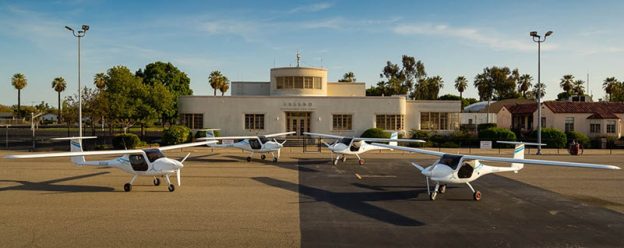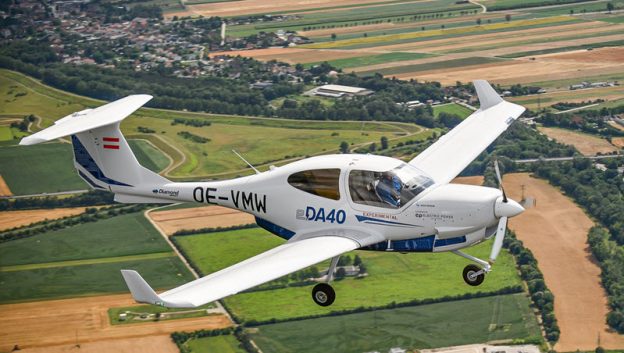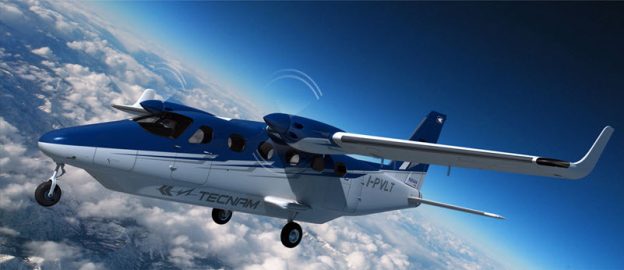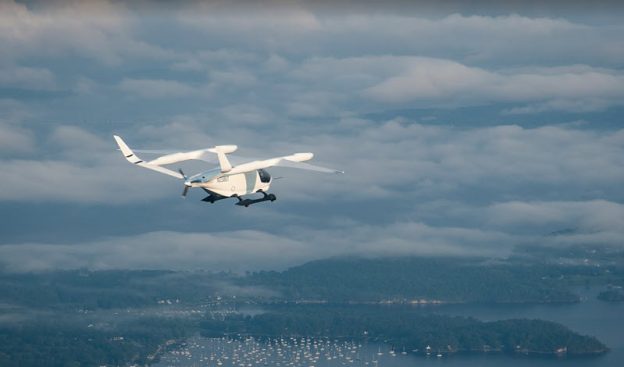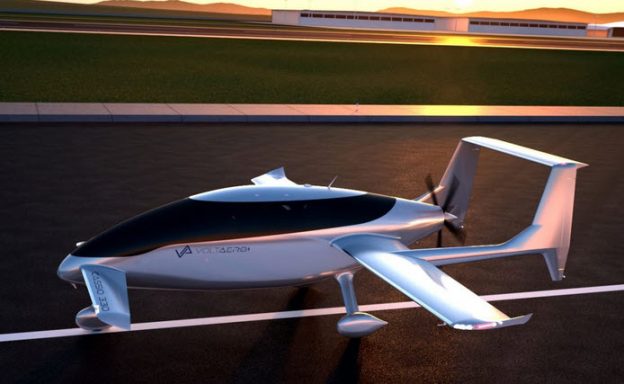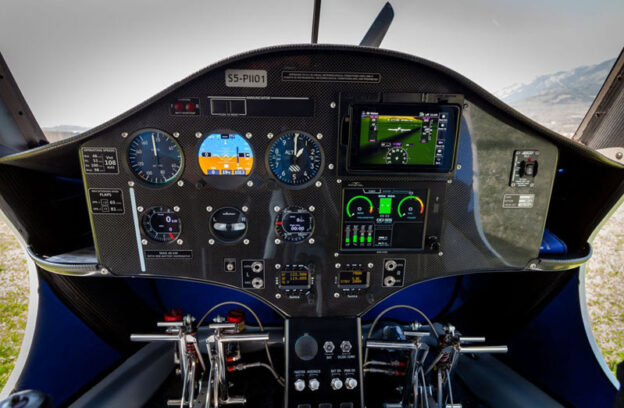VoltAero announced the completion of the first tranche in its Series B financing, with Italy’s TESI becoming a strategic investor and industrial partner. The new funding round, which includes a €32 million capital raise, will cover the certification and production launch of the first member in its electric-hybrid aircraft family, the Cassio 330.
“TESI’s decision to become both a strategic investor and an industrial partner is a clear sign of VoltAero’s technology and business model credibility as we take this important step closer to reality for the Cassio airplane family with the Series B funding round,” said Jean Botti, VoltAero’s CEO & Chief Technology Officer, who is participating in this week’s Abu Dhabi Air Expo in the United Arab Emirates. The Series B round marks the third funding phase for VoltAero, positioning it for industrialization of the Cassio 330, which entered the certification process with Europe’s EASA airworthiness authority in October 2021 – the first member of its Cassio aircraft family powered by the company’s proprietary electric-hybrid propulsion system.
TESI (Tecnologie E Servizi Innovativi S.r.l.) will produce the airframe for VoltAero’s no. 1 Cassio 330 prototype, which is targeted to make its maiden flight in 2023. Cassio 330 is the five-seat version, with a combined electric-hybrid propulsive power of 330 kilowatts. “We have been impressed by VoltAero’s highly intelligent approach with Cassio, applying its dual-source electric-hybrid propulsion concept for regional aviation that will be both sustainable and operationally safe,” stated Luigi Punzo, the CEO of TESI. The Cassio airframe design is based on a sleek, aerodynamically-optimized fuselage, a forward fixed canard, and an aft-set wing with twin booms that support a high-set horizontal tail.
By integrating VoltAero’s proprietary electric-hybrid propulsion system into the company’s purpose-designed airframe, the Cassio aircraft family will deliver an order of magnitude better performance than the current competition and provide significantly lower operational costs. TESI will build the Cassio 330 certification prototype airframe at its Cicerale facility in the Campania region of southwestern Italy. The company is specialized in the production and integration of metallic structures and assemblies, as well as mechanical parts – with in-house capabilities from machining and forming to assembly, backed by resources for heat and surface treatment.
The VoltAero propulsion concept is unique: Cassio aircraft will utilize electric motors in the aft fuselage-mounted propulsion system for all-electric power during taxi, takeoff, primary flight, and landing. The hybrid feature (with an internal combustion engine) comes into play as a range extender, recharging the batteries while in flight. Additionally, this hybrid element serves as a backup in the event of a problem with the electric propulsion, ensuring true fail-safe functionality.
Since 2020, VoltAero’s electric-hybrid propulsion system has undergone extensive airborne evaluations, with the full-power 600-kilowatt version installed on the company’s Cassio 1 demonstrator airplane, making it the world’s first parallel electric-hybrid powertrain to fly. To date, Cassio 1 has logged some 10,000 kilometres with this electric-hybrid propulsion system in flights across France and to the United Kingdom, which has allowed the company to validate the operational cost assumptions for its future electric-hybrid airplane through the large volume of data accumulated during 135 flight hours.
Production Cassio airplanes will be built in three versions, each sharing a high degree of modularity and commonality. The family will provide a highly capable and reliable product line for regional commercial operators, air taxi/charter companies, private owners, and utility-category service for cargo, postal delivery and medical evacuation (Medevac) applications. First to be certified is the Cassio 330, with five seats and powered by the 330-kilowatt electric-hybrid propulsion system. VoltAero’s follow-on six-seat Cassio 480 will have an electric-hybrid propulsion power of 480 kilowatts, while the Cassio 600 is sized at a 12-seat capacity with electric-hybrid propulsion power of 600 kilowatts. VoltAero is headquartered at the Aérodrome de Royan-Médis in Southwest France. Its Cassio aircraft are to undergo final assembly in a dedicated facility at Rochefort Airport in France’s Nouvelle-Aquitaine region. Source: ‚VoltAero‚.
Diesen Beitrag teilen mit:
Gefällt mir:
Gefällt mir Wird geladen …



